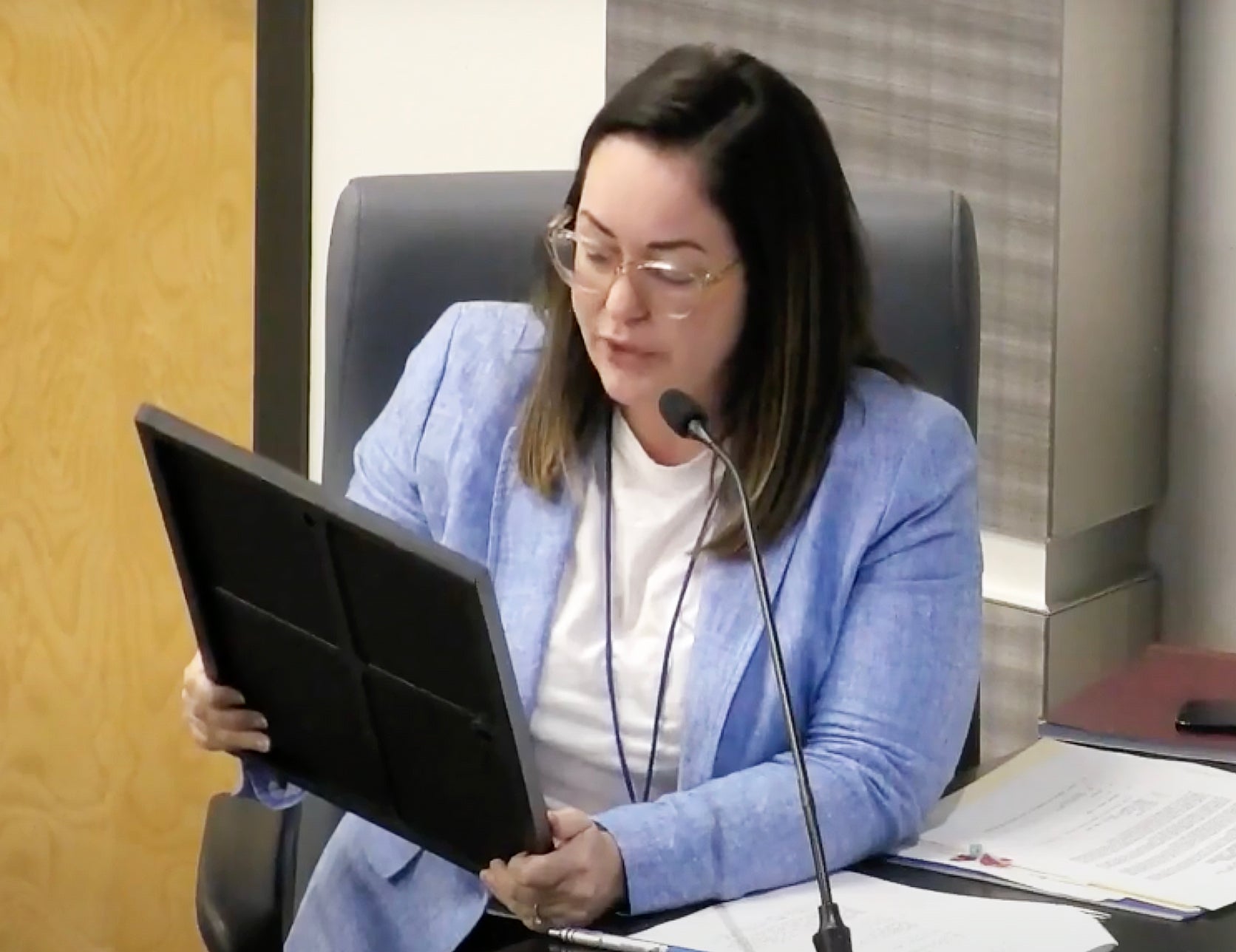Academy develops students’ minds, imaginations
Published 12:00 am Sunday, November 10, 2002
By MELISSA PEACOCK
VACHERIE – At 9:30 a.m. Monday, seventh- and eighth-grade students at the St. James Parish Science and Math Academy are gathered around a chalkboard in the library. Already, they have been in class for two hours.
Guest speakers from Laura Plantation, Vacherie, are lecturing students on Louisiana history – architecture, agriculture, slavery. Hands are quickly scribbling rough notes from the lecture in notebooks and on crumpled sheets of lined paper. Attentive students, eyes forward and arms poised to question, are preparing for hands-on, on site activities at the local plantation.
It may not seem like a normal school day to most area students, but to the academy youth the extraordinary is ordinary! Field trips, projects and technology set the school apart from other area schools, teaching students to think creatively and to make strategies, a goal teachers and administrators believe could help St. James students on the state LEAP test.
“It is better (than ordinary school) because they show us how to do things, rather than tell us,” student Victoria Nassar said.
It is only November and already students have toured local swamps, getting up-close with wildlife. This week students will be asked to find solutions to problems in marketing and demographics related to life at Laura Plantation/St. James Parish.
Students will make grids, models and graphs to illustrate their findings. Essays on how life in St. James today differs from plantation life in St. James have also been assigned.
“We really do not use our books that much,” Nassar said.
The Science and Math Academy is only one part of the multifaceted “Blueprint for Better Schools,” a plan to improve education in St. James Parish. The school opened to seventh and eighth grade students in St. James parish this year. It is housed at St. James Junior High in Vacherie.
“This is our waiting list,” Director Elvis Cavalier said holding up a white binder. “You do not have the right to come here. You have a right to a good education. It is a privilege to come here.”
Students must keep a 2.5 GPA and have no more than three strikes against them to remain at the academy. So far, teachers and administrators say students are performing well.
“We do not have any discipline problems here,” Cavalier said. “We are already in November and I have received no discipline reports.”
While student discipline and enthusiasm is exceptional, the real difference between the St. James Science and Math Academy and other schools is composition and teaching methods.
The St. James Science and Math Academy offers only seventh and eighth grade math, science and social studies courses. Academy students take classes at the school either in the morning or the afternoon. English courses and electives are taken at their home schools.
Small courses using big technology – that is the advantage students at the Math and Science Academy have.
“We have the resources to go hands-on,” said eighth grade math teacher Angie Laiche. “It is a very progressive style of learning.”
The school features video conferencing technology, studio space, wireless lab tops and state-of-the-art labs.
“If we wanted to hold class with a class from Germany, we have the capabilities to do so,” Laiche said. “Sometimes we put two eighth grade classes together and do a completely integrated project. That is something that we can do because of the small class sizes.”
There is a 15:1 student to teacher ratio at the academy. Student racial diversity is split evenly- 50 percent white, 50 percent black. Students from the East and West banks of St. James Parish are eligible for the program.
“It is definitely different in the fact that we have students from the East and West bank,” Laiche said. “That is something that has never happened before.”
So far, Laiche said, there has been no problems between factions from East and West bank schools. In fact, the mixture of East and West bank students has facilitated positive relationships between students from rival schools.
“Mr. Cavalier is trying to bring students together from both sides of the river,” Nassar said.
Fellow student Alisha Bailey agreed, adding, “There was no fighting – none of that (when East and West bank students got together to decorate for the Harvest Dance).”
Is the school more difficult than the average public junior high school? Opinions vary.
“I love math,” Bailey said. “She (teacher Angie Laiche) gives us critical thinking problems and I mean critical thinking. We have been doing good.”
Most students agree that homework at the school is minimal, restricted to some workbook pages or practice worksheets. But if students do not understand a lesson, teachers at the school do not hesitate to send more assignments home for practice.
“If you are not prepared, it is going to be hard,”Amber Spurlock, seventh grade, said. “If you are prepared, it is easy.”
What Nassar, Bailey and Spurlock agree on is that “practice makes perfect.” The hands-on approach at the St. James Science and Math Academy gives students more of the practice they need to succeed.





